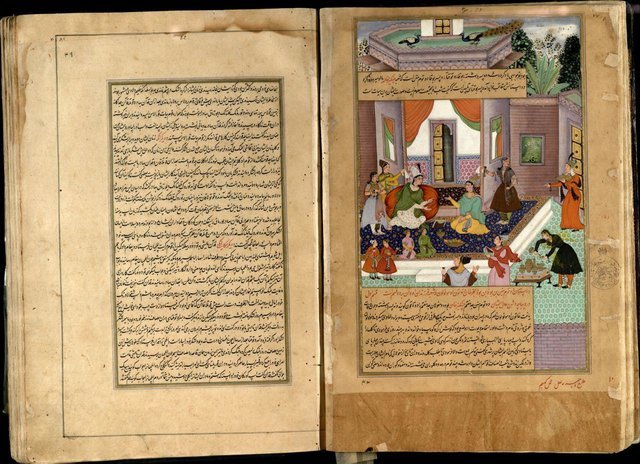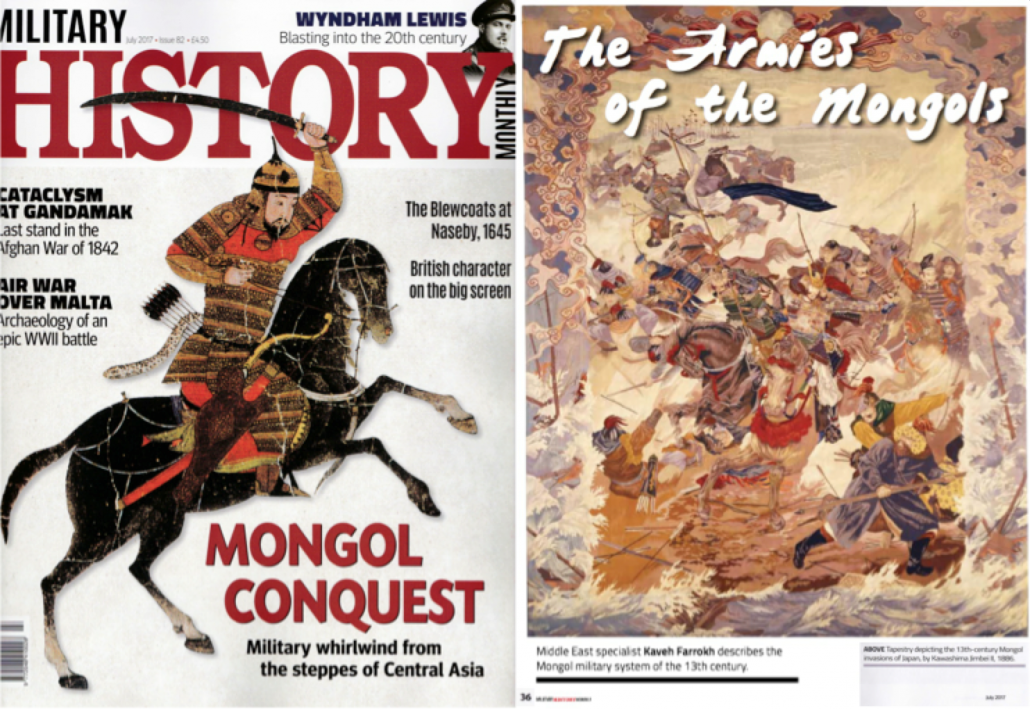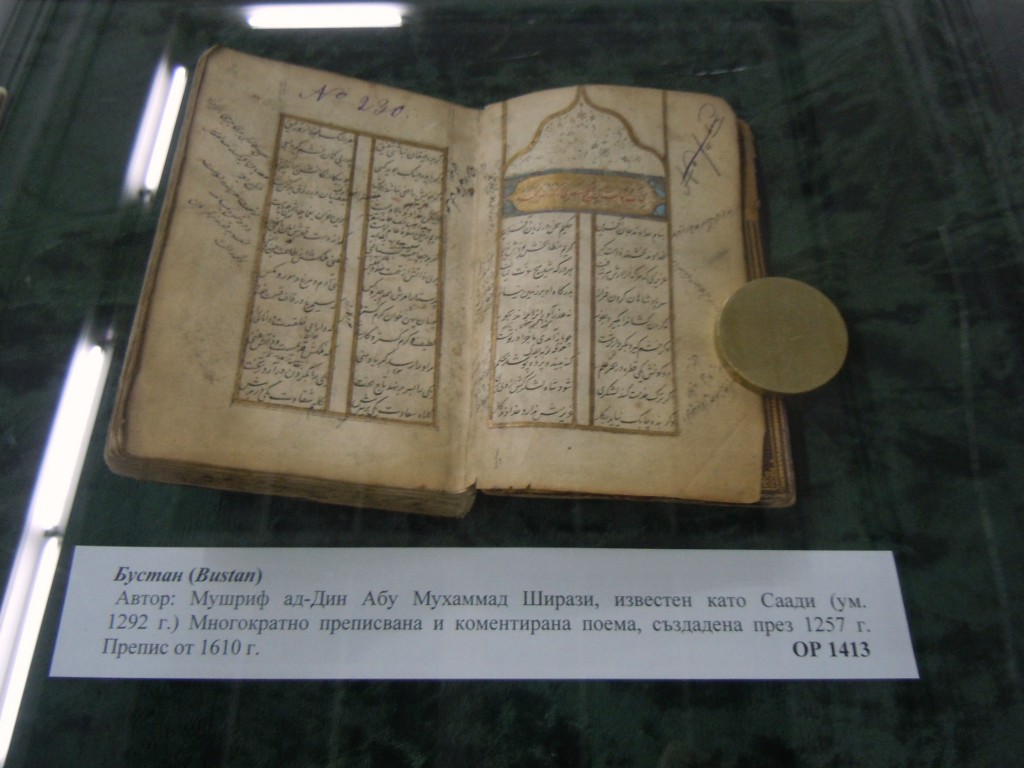The report below was originally provided by the Tehran Times on October 31, 2017. Kindly note that the article has been edited in Kavehfarrokh.com and that two images and accompanying captions inserted in the article below are not in the original Tehran Times report.
= = = = = = = = = = = = = = = = = = = = = = = = = = = = = = = = = = = = = = = = = = = = =
The book is preserved at the library of Tehran’s Golestan Palace Museum, Farhad Nazari, an official of Iran’s Culture Heritage, Tourism and Handicrafts Organization, told the Persian service of ISNA on Tuesday. As noted by Nazari:
“Numerous versions of the book are kept at various libraries around the world…”
Nazari added that the book kept at the Golestan Palace Museum is one of the most splendid versions that represents artistic and cultural values.

The Jami’ al-Tawarikh (“World History”), a rare illustrated medieval folio by Rashid al-Din Fadl allah Hamedani (1247-1318) from Iran has been registered on UNESCO’s Memory of the World Register list (Source: Tehran Times).
Rashid al-Din was a physician and historian to the court of Ghazan Khan (1271-1304), an Ilkhanid ruler who commissioned him to write the Jami al-Tawarikh. However, it was completed during the reign of Oljaitu who ruled from 1307 to 1316.
The Jami’ al-Tawarikh covers the history of the Mongols, the Chinese, Franks and Indians.

The Jami’ al-Tawarikh is an important historical source on the history of Gheghiz Khan and the Mongol conquests – above is Kaveh Farrokh’s article “armies of the Mongols” published in the July 2017 issue of the Military History journal.
The book is the tenth item that has been inscribed UNESCO’s Memory of the World Register list.
The Kulliyat-i Sadi, Persian poet Sadi’s Bustan (The Orchard) and Gulistan (The Rose Garden), and the Kitab al-Masalik wal-Mamalik (The Book of Itineraries and Kingdoms) by Abu Is’haq Ibrahim ibn Muhammad Istakhri both were inscribed on the list in one file in 2015.

A rare copy of the Bustan or Bostan on display by the Bulgarian National Library Sts. Cyril and Methodius in Sofia, Bulgaria at the “Days of Iranian Culture in Bulgaria – 2012/2013” exhibit on 10 January 2013 (Courtesy of Yuri Stoyanov). The event had also been organized with the help of prominent Iranologist Professor Yuri Stoyanov (member of the Department of the Near and Middle East, Faculty of Languages and Cultures in the School of Oriental and African Studies (SOAS) in the University of London).
Earlier in 2013, a collection of selected maps of Iran from the Qajar era (1779-1926), was added to the list.
“At-Tafhim” written by Abu Rayhan Biruni (973-1048 CE) and “Khamseh” composed by Nezami Ganjavi (c. 1141-1209 CE) were other Iranian books registered on the list in 2011.
A collection of Iran’s administrative documents dating back to the Safavid era was added to UNESCO’s Memory of the World Register list in 2009.
In addition, the Shahnameh of Baysunqur, one of three ancient copies of Ferdowsi’s epic masterpiece, and the Endowment Deed of Rab-e Rashidi are two other Iranian works that were registered on the list in 2007.



